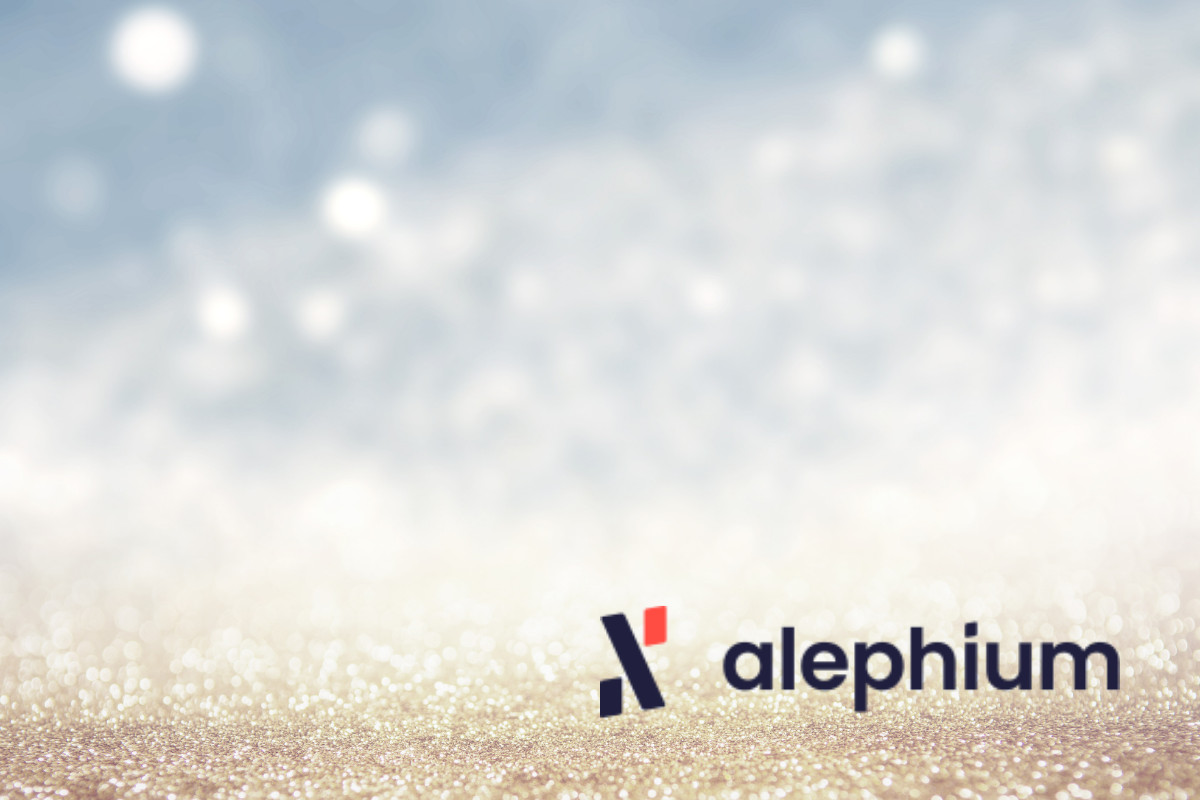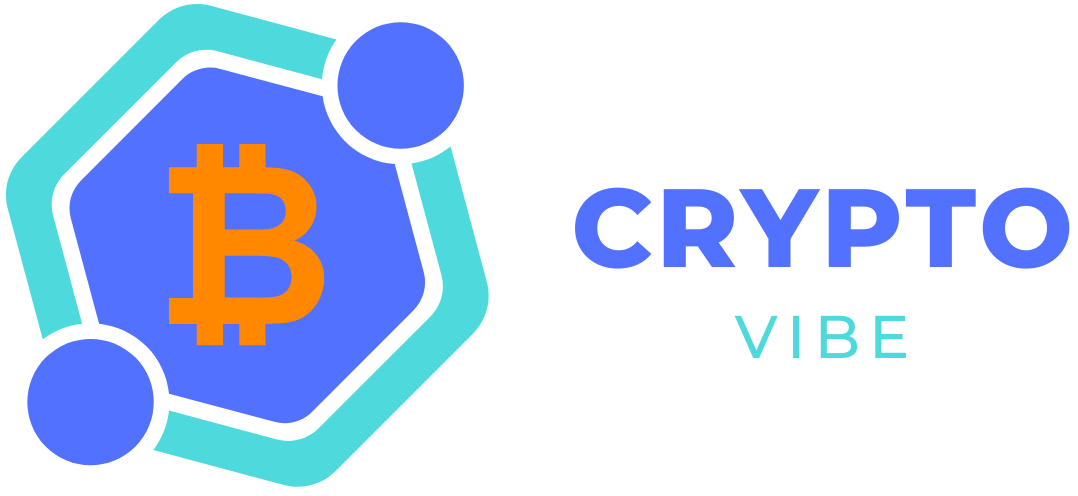Introduction to Alephium
Alephium is a cryptocurrency platform that has gained a lot of attention in recent months. This platform has emerged as a light of hope to resolve problems associated with decentralized crypto apps. If you are in the process of learning about this platform and want to know all about the crucial variables related to Alephium, you have arrived at the right place. Let’s dive into the details to find out.
What is Alephium?
Alephium (ALPH) is a cryptocurrency platform aiming to address challenges faced by decentralized applications (dApps) today. Here are the key features of this growing platform:
-
Scalability: Alephium tackles scalability issues by employing a novel sharding algorithm called BlockFlow. It allows the network to process a high volume of transactions (over 10,000 TPS) while maintaining a secure and seamless user experience.
-
Security: It provides a stateful UTXO model, which is considered secure and offers the same level of programmability as account-based models used by platforms like Ethereum. Additionally, their Proof-of-Less-Work (PoLW) mechanism reduces energy consumption compared to traditional Proof-of-Work (PoW) mining methods used by Bitcoin.
-
Decentralization: Alephium remains committed to decentralization, aiming to be accessible and secure for all users.
-
Development Tools: They offer their own custom Virtual Machine (Alphred) and programming language (Ralph) designed for building secure and efficient smart contracts for dApps. Ralph is known for its user-friendliness compared to languages like Solidity.
Overall, Alephium positions itself as a scalable, secure, and decentralized platform for developers to build powerful dApps.

What is the Vision of Alephium?
Alephium’s vision revolves around creating a secure, scalable, and decentralized blockchain platform that empowers developers to build the next generation of decentralized applications (dApps).
Here is a deeper dive into their vision based on the features they prioritize:
Widespread dApp Adoption
Traditional blockchains often struggle with scalability, limiting the number of transactions they can process. Alephium’s BlockFlow sharding addresses this by enabling high transaction throughput (over 10,000 TPS). It aims to create a platform that can handle the demands of large-scale dApps and potentially mainstream adoption.
Security for Trustworthy Applications
Security is paramount for dApps, as they often deal with sensitive user data and financial transactions. Alephium’s stateful UTXO model and Proof-of-Less-Work (PoLW) mechanism aim to provide a robust and secure foundation for developers to build reliable dApps.
Decentralization for User Control
Alephium emphasizes remaining decentralized, ensuring users have control over their data and applications. This fosters a more democratic and censorship-resistant environment for dApps to thrive.
Developer-Friendly Tools
Recognizing the importance of developer experience, Alephium offers a custom Virtual Machine (Alphred) and programming language (Ralph). These tools are designed to be user-friendly and enable developers to build secure and efficient smart contracts for dApps. Ralph, in particular, aims to be easier to learn compared to languages like Solidity.
By focusing on these core aspects, Alephium aspires to become a preferred platform for developers to create innovative and scalable dApps that can gain widespread adoption. Their vision is essentially to bridge the gap between the potential of dApps and the limitations of current blockchain technology.
Alephium Technological Framework
Alephium’s technological framework centers around addressing scalability and security concerns in blockchain technology, specifically for decentralized applications (dApps). Here, we have covered the core components of the technological framework for your ease:
BlockFlow Sharding
This is Alephium’s innovative sharding solution that tackles scalability limitations. Traditional blockchains process transactions sequentially, creating bottlenecks as the network grows. BlockFlow allows parallel transaction processing by dividing the network into shards, significantly increasing transaction throughput (over 10,000 TPS).
Stateful UTXO Model
Unlike account-based models used by some platforms, Alephium leverages a stateful UTXO (Unspent Transaction Output) model. This model is considered secure and offers good transaction traceability. Additionally, it allows for scripting capabilities similar to account-based models, making it suitable for smart contract development.
Proof-of-Less-Work (PoLW)
Alephium utilizes a custom Proof-of-Less-Work (PoLW) consensus mechanism. This mechanism aims to secure the network while minimizing energy consumption compared to traditional Proof-of-Work (PoW) mining used by Bitcoin. PoLW achieves this by using a lighter weight cryptographic puzzle for miners to solve.
Alphred Virtual Machine (VM)
Alephium offers its own custom virtual machine called Alphred. This VM is designed specifically for running smart contracts on the Alephium network. It ensures compatibility with existing smart contracts written in languages like Solidity while potentially offering performance improvements.
Ralph Programming Language
In conjunction with Alphred, Alephium provides a new programming language called Ralph. Ralph is designed for writing smart contracts for the Alephium platform. It aims to be more user-friendly and easier to learn compared to languages like Solidity, potentially attracting a wider range of developers to the platform.
Alephium Tokenomics and Reward System
To understand the tokenomics and reward system of Alephium, consider the following factors.
Token Supply and Distribution
The initial supply of tokens will be allocated as follows:
-
Mining Emissions: A significant portion (86%) of ALPH tokens will be distributed as block rewards to miners who secure the network. There is no halving mechanism, but the block reward is adjusted dynamically based on network hashrate and timestamp.
-
Sales & Ecosystem Development: A smaller portion (8%) of tokens is allocated for past and future sales, and another 3% each are allocated for community & ecosystem development and team & future development, respectively. These tokens are likely locked for a vesting period to ensure long-term project stability.
Rewards
Block Rewards
Miners who successfully create new blocks on the Alephium network are rewarded with ALPH tokens. The block reward is not fixed and adjusts dynamically based on two factors:
-
- Network Hashrate: As the hashrate (computing power) of the network increases, the block reward per block decreases to maintain a sustainable issuance rate.
- Timestamp: The block reward also decays over time to prevent excessive inflation.
Locking Period
There is a 500-minute locking period on newly minted ALPH tokens before they become freely tradable. It helps to mitigate potential sell-off pressure and incentivizes miners to hold onto their tokens.
Alephium Partnerships
Alephium has established partnerships with various organizations to support the growth and adoption of their platform. Here is a breakdown of the types of partnerships you can find.
Blockchain Ecosystem Partners
These partnerships involve collaboration with other blockchain projects or organizations within the crypto ecosystem. Here are some examples listed on the Alephium website:
- Cetacean Capital: A strategic partnership for investment and potential network effects within the crypto space.
- Ergo (ERG): While there’s no official announcement of a direct partnership, there have been discussions about potential collaboration due to Ergo’s strong developer community and Alephium’s scalability benefits.
Technology and Service Providers
These partnerships involve collaboration with companies offering technology or services that complement the Alephium platform. Some examples might include:
- Cloud Service Providers: Collaborations with cloud providers could enable easier deployment of Alephium nodes or dApps on their infrastructure.
- Wallet Providers: Partnerships with wallet providers could integrate support for ALPH tokens and interact with the Alephium network.
Alephium Price
The current ALPH token price stands at $3.13 according to the CoinMarketCap data.
How to Get Involved With Alephium?
Here is how you can get involved with Alephium.
For Developers
- Build dApps: Alephium aims to be a developer-friendly platform for building decentralized applications (dApps). They offer their own custom Virtual Machine (Alphred) and programming language (Ralph) designed for secure and efficient smart contract development. You can explore their documentation and tutorials to get started: https://docs.alephium.org/integration/mining/
- Contribute to the Codebase: If you are an experienced developer, you can contribute to the Alephium codebase on Github: https://github.com/alephium This is a great way to directly impact the development of the platform.
- Join the Developer Community: Alephium has a developer community where you can connect with other developers, ask questions, and learn from each other. You can find their community forums or channels on their website or social media platforms.
For Users and Investors
- Use ALPH Tokens: Hold ALPH tokens as an investment or potentially use them for future dApp functionalities within the Alephium ecosystem. However, remember that the cryptocurrency market is volatile, so invest responsibly.
- Run an Alephium Node: You can contribute to the network’s security and decentralization by running a full node. It validates transactions and helps maintain the integrity of the blockchain.
- Stay Updated: Follow Alephium’s website, social media channels (Twitter, Telegram, etc.), and community forums to stay updated on the latest developments and announcements.
